Summertime—and the birding is easy. Everywhere you look, feathered parents of all colors and sizes carry food to their nests and berry-purple poop sacs away from them to keep from giving away the location. Later they forage for food not only to feed fledglings but also to demonstrate what they’re eating and where to find it. What would appear to be grown birds follow close on their seemingly tireless parents’ heels, begging, mouths gaping, wings fluttering. Males scuffle with interlopers—yes, peccadillos occur—singing their loudest and prettiest to maintain territories, mates, and bloodlines. And the whole drama plays out every day, from backyards to meadows to wetlands to woodlots. What a privilege to know that the individuals sharing our place with us each summer love it as much as we do, so much so that they return every year to keep life going one more year.
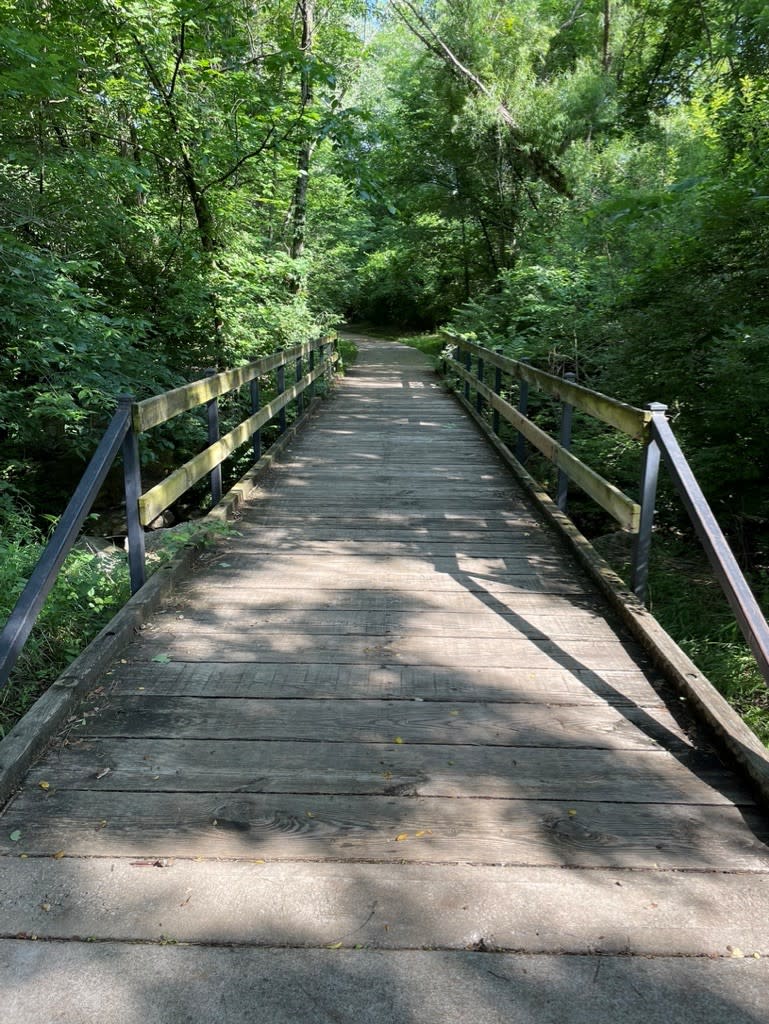
The birds’ flying food love it here as well—insects of all sizes and levels of interest in us—I’ve selected a cluster of three places where you can walk on pavement rather than bare ground to immerse yourself in the exuberance. And by some miracle, I visited them all on a bright day only in the mid-70s in the middle of a Kansas June.
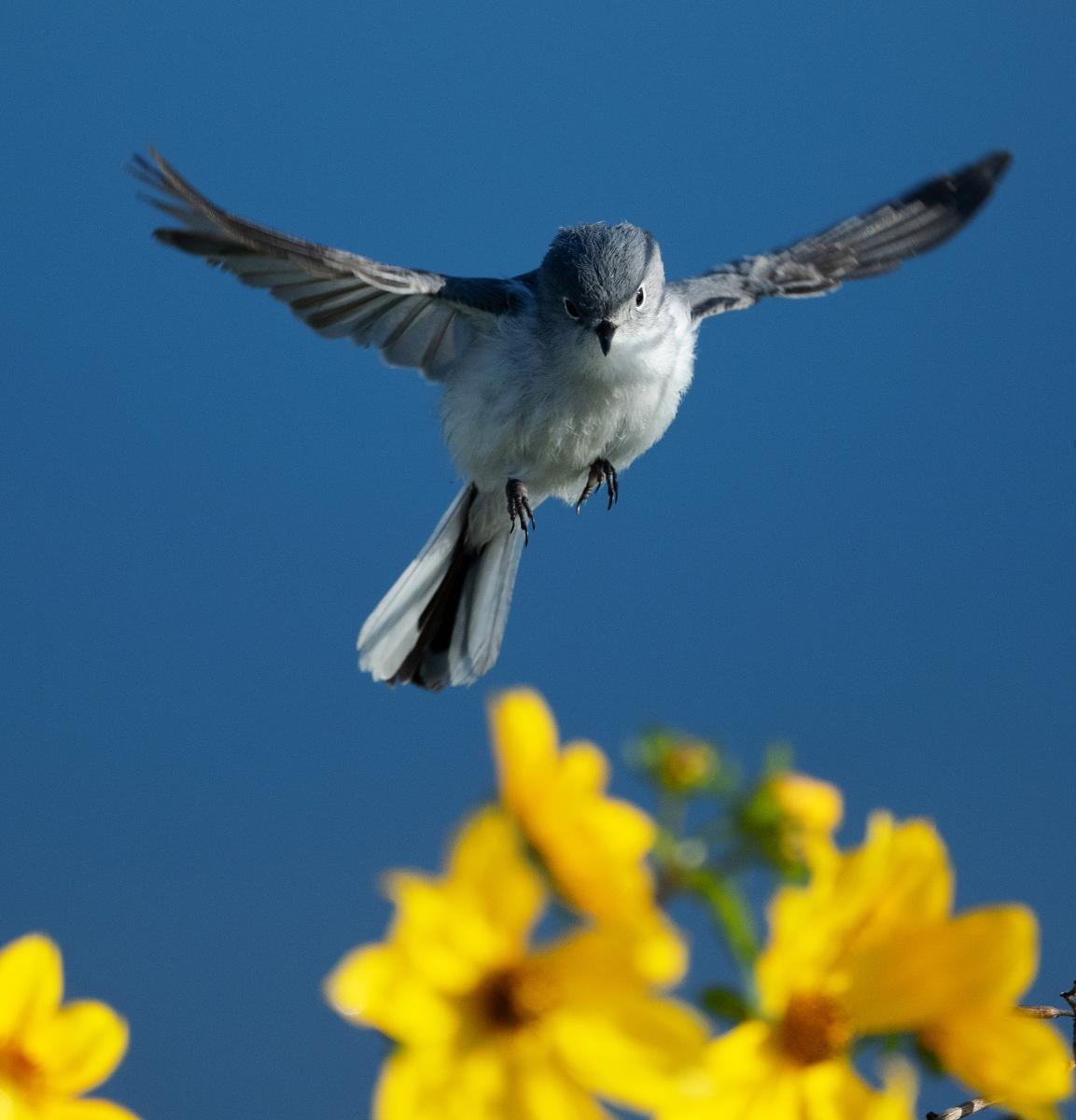
Photo Credit: Blue Gray Gnatcatcher by Tim Barker/Audubon Photography Awards
Conrad and Viola McGrew Nature Preserve

A lovely example of green-space planning amidst a residential development, this 15-acre shady linear park crisscrosses Quail Run Creek in several places, making it attractive to birds and people alike. I encountered fellow birders happy to share their finds with me as well as dog walkers and joggers. Here are the bird species I saw that call the neighborhood home: Downy Woodpecker, Eastern Phoebe, Red-eyed Vireo, American Crow, Black-capped Chickadee, Tufted Titmouse, Blue-Gray Gnatcatcher, Carolina Wren, American Robin, Brown-headed Cowbird, Yellow Warbler, and Northern Cardinal. You can park on the cul-de-sac to the right of the trailhead off Inverness Drive.
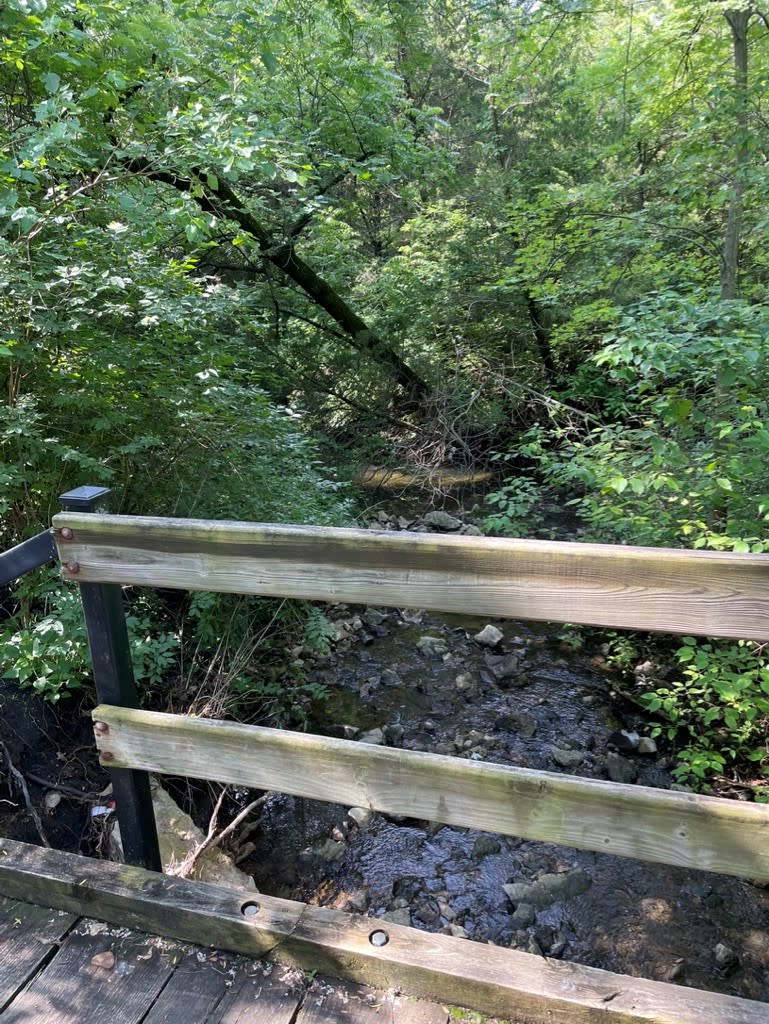
Lawrence Rotary Arboretum

On the Arboretum lawn, I stumbled upon an extended family of geese complete with all phases of goslings, from adorably awkward puffs to gangly sub-adults. (One protective parent hissed at me while I snuck this photo—a warning I learned to heed as a teenager after trying to hand-feed a domestic goose. My onery father filmed it pinching my calves and beating me with its wings as I ran.)

The Arboretum also has paved trails around a central pond and an expanse of hardwoods that the more secretive birds appreciate. Be careful to stay to the right of the trail to give bicyclists the right-of-way while you’re looking skyward at these and other gems: Great Blue Heron, Downy Woodpecker, Eastern Wood-Pewee, Red-eyed Vireo, Black-capped Chickadee, Tufted Titmouse, Barn Swallow, White-breasted Nuthatch, Carolina Wren, Eastern Bluebird, American Robin American Goldfinch, Red-winged Blackbird, Brown-headed Cowbird, Northern Cardinal, Indigo Bunting.

Photo Credit: Great Blue Heron by Howard Winkler/Audubon Photography Awards
Parking is abundant and easy to find.
Clinton State Park Marina
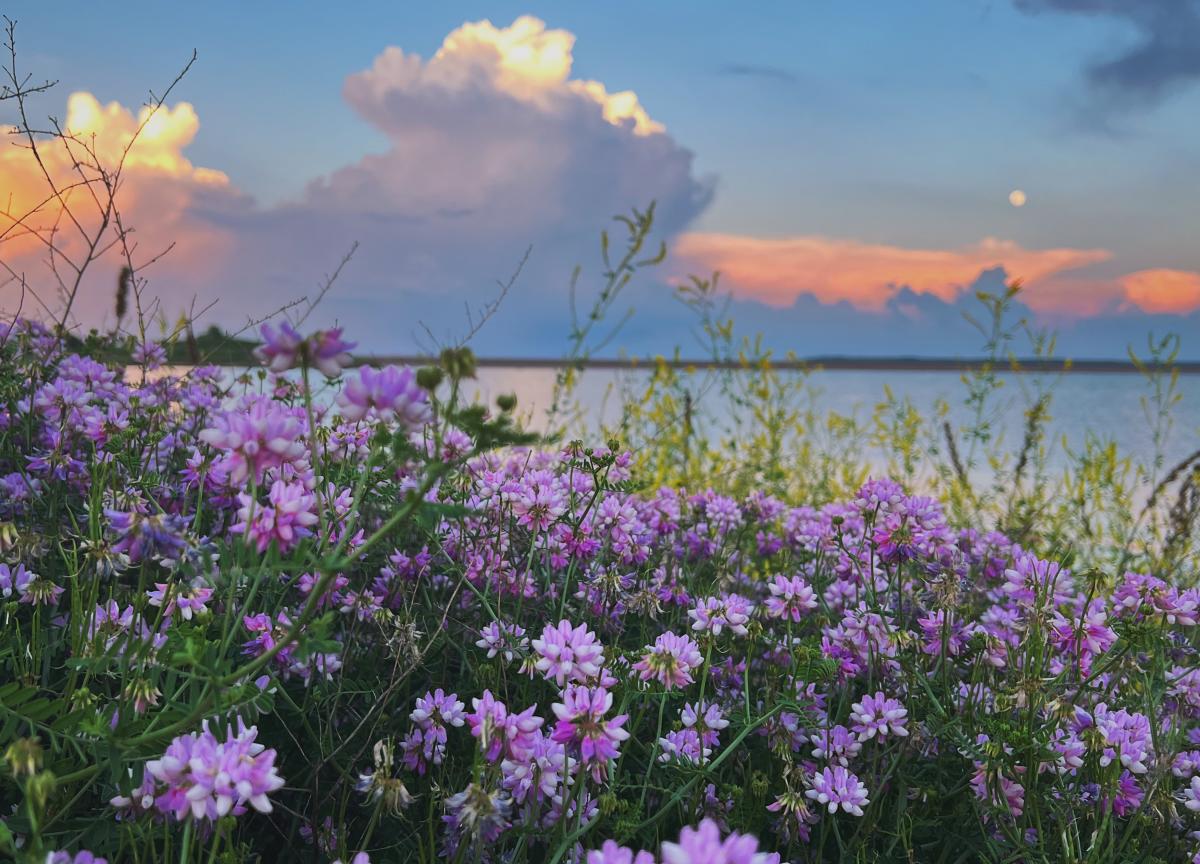
To see bright, multicolored birds, you need to head to the tropics, right? Wrong. One of the most audaciously brilliant birds you’ll ever see nests right here in Northeast Kansas, the Painted Bunting. Sporting the primaries of red (including an eye ring), yellow, and blue with a little green thrown in for good measure, the male of the species is a stunner. And with bright yellow-green plumage, the female is no wallflower.

Photo Credit: Painted Bunting by Julie Torkomian/Audubon Photography Awards
It’s time for true confessions. In two decades of birding, I have never had a good, long look at one of these birds. Yes, I’ve been on Jayhawk Audubon fieldtrips specifically to the marina—where Painted Buntings can dependably be seen each summer—but, in the end, I’ve only pretended to see them so the rest of the group could get on with their day.
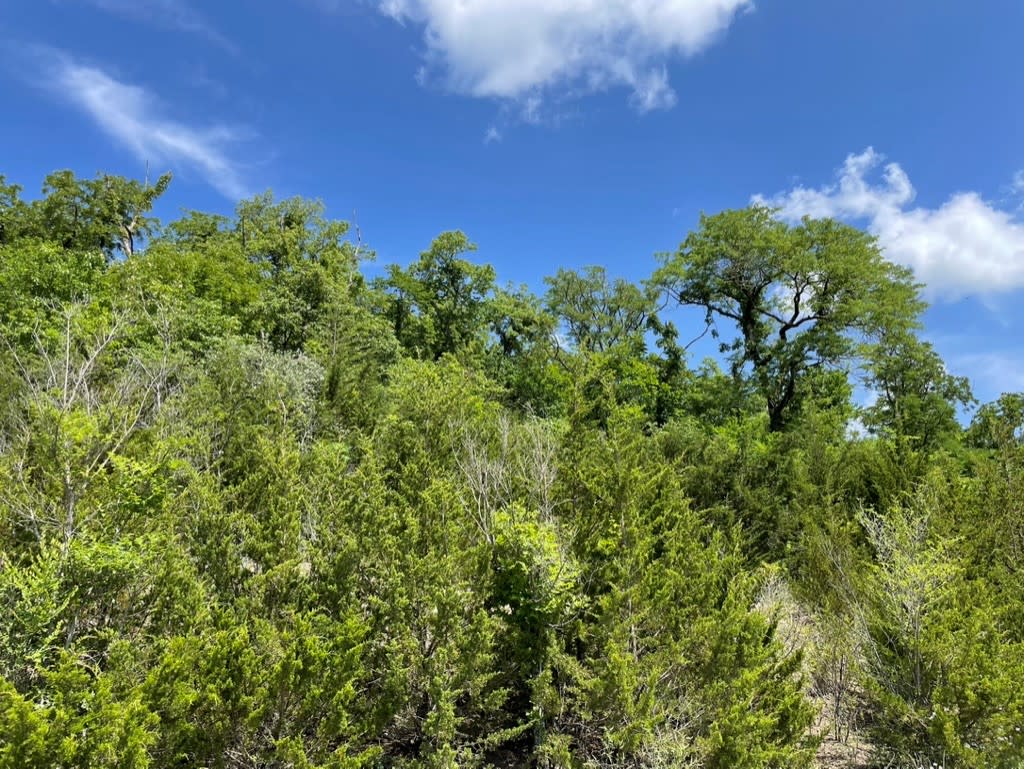
But this day would be different; I was going alone so could stay as long as it took. As soon as I walked up to the trees edging the marina’s overflow parking lot, I heard one singing its heart out. Promising start! I stood and I stood and I stood some more. I narrowed it down to one walnut and increased my resolve. Eventually, it will move, I told myself. I softened my focus to catch any flutter of a leaf, which turned up a cuckoo and a couple of gnatcatchers. My feet began to hurt. Nature began to call. Gnats found me. Still nothing. Then I saw it—a bouncing branch, then a smear of red taking its buzzy call into deeper woods. For now, a half-sighting will have to do. But since it regularly visits this area, I can try again. The summer is young. Maybe I’ll see you there, and I can pretend to be looking for something else.
Parking is abundant at the marina.
Cover photo: pelicans at the wetlands, taken this spring by local freelance photographer Patrick Emerson.



